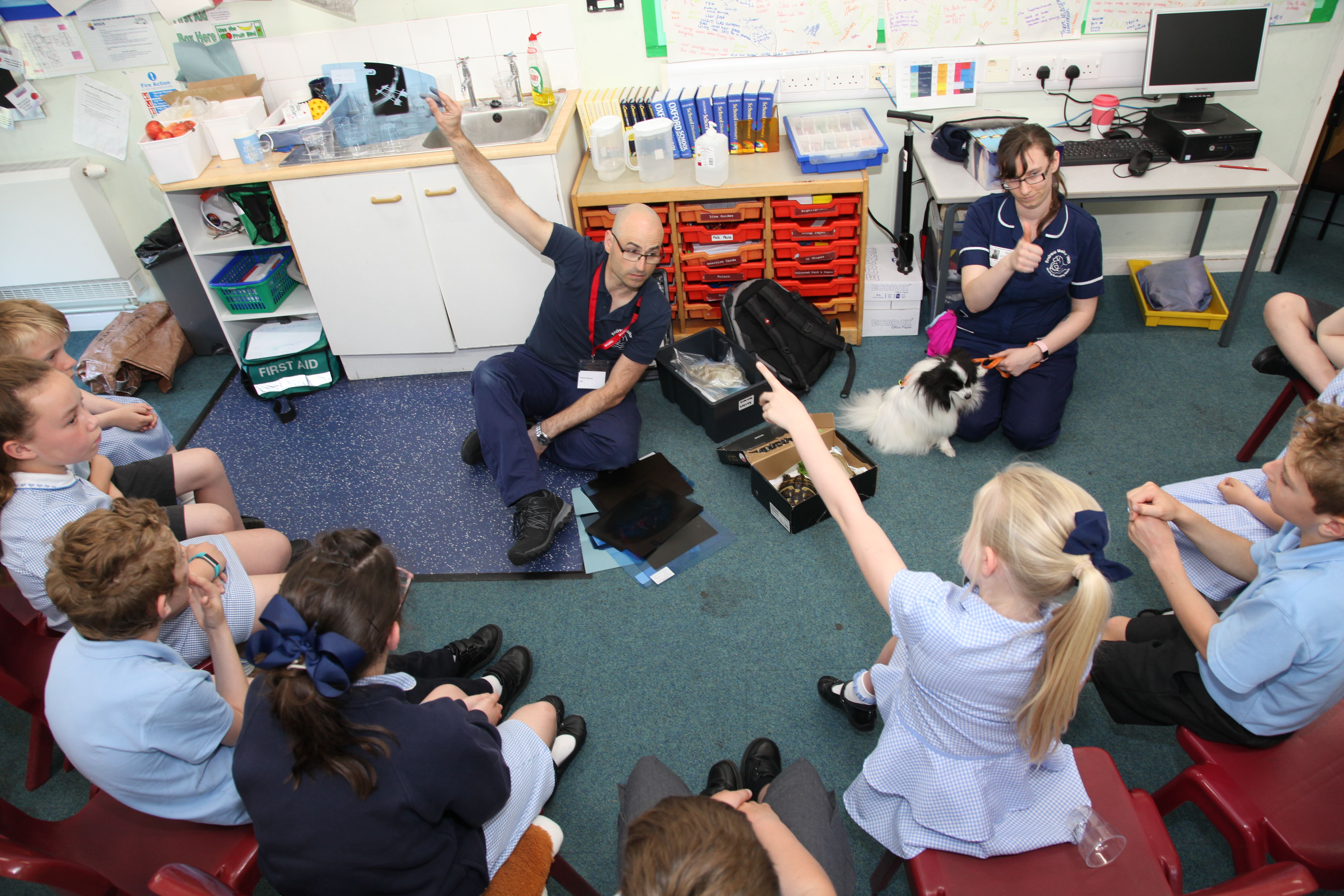Gender stereotyping starts as young as 7-years-old
Drawings from over 20,000 primary school children show startling trends about career aspiration
The findings of the report demonstrated three large implications; that our children’s career aspirations are only marginally shifting from age 7 to age 17, that careers
“The lack of access to role models and awareness of the different jobs is a particular concern for children from disadvantaged backgrounds. The drawings also show clear gender patterns. But there is a simple solution that is easy to implement. All children, regardless of their social background, where they live or the jobs their parents do, should have the same chance to meet people doing a wide range of jobs to help them understand the vast opportunities open to them. It is something governments and
In terms of gender stereotyping and gendered career expectations, across the sample of children’s drawings aspirations tended to lay in stereotypical masculine/feminine roles. One of the most popular jobs for boys being police and for girls teaching. The STEM aspiration results were also fitting with popular theories, seeing boys’
The survey also revealed that children’s career aspirations have little in common with projected workforce needs – proving that despite government interventions, we are failing to attract young people into careers in future growth sectors and those where there are already significant skills gaps. This correlates with a concern we’ve seen growing amongst many industry sectors here in Australia, who are struggling to find young people for the jobs they have available.
“Drawing the Future demonstrates the need for primary school age children to have more exposure to role models from the world of work from an early age. This is vital to ensure that children better understand the world they are growing up in, are aware of the vast range of career options open to them and are not ruling things out at an early age,” said Nick Chambers, CEO, Education and Employers.
The Drawing the Future research project demonstrates a real need for Inspiring the Future, especially the Primary Futures campaign, which aims to expose primary aged children to different careers and get them to think about the school and career connection. People from every industry sector and occupation across Australia are invited to sign up with Inspiring the Future as volunteer speakers in their local primary and secondary schools to share their career story and help address the issues raised in the report.
Find out more about Primary Futures
Read the Drawing the Future report

